Resistance Bands vs Weights: Which One Is Better for You?
Author:
Reviewed by:
(Certified Nutritionist, S&C specialist, M.Sc.Eng. Biotechnology)
Unlock your full potential by engaging with our experts and community! Have questions about your fitness journey or looking for expert advice on weightlifting techniques? Don’t hesitate — leave a comment below and Tanya Shaiko will provide a personalized answer and insights to help you reach your goals.
Torokhtiy is reader-supported. Some links are affiliate links, and we may earn a commission at no extra cost to you. See our disclosure page for details.
Strength training of any kind is super effective for building muscle and developing fitness. There has, however, been a resistance bands vs weights debate in the fitness community over which form is the most effective. You might be wondering the same thing too. So which one is better for you? Does it even matter which one you use? We’ll find out in this article.
The resistance bands vs weights debate becomes valid if you have specific fitness goals. Resistance bands are more flexible and low impact to allow you exercise without so much extra stress, while free weights provide more load and allow you to track your progress a bit more.
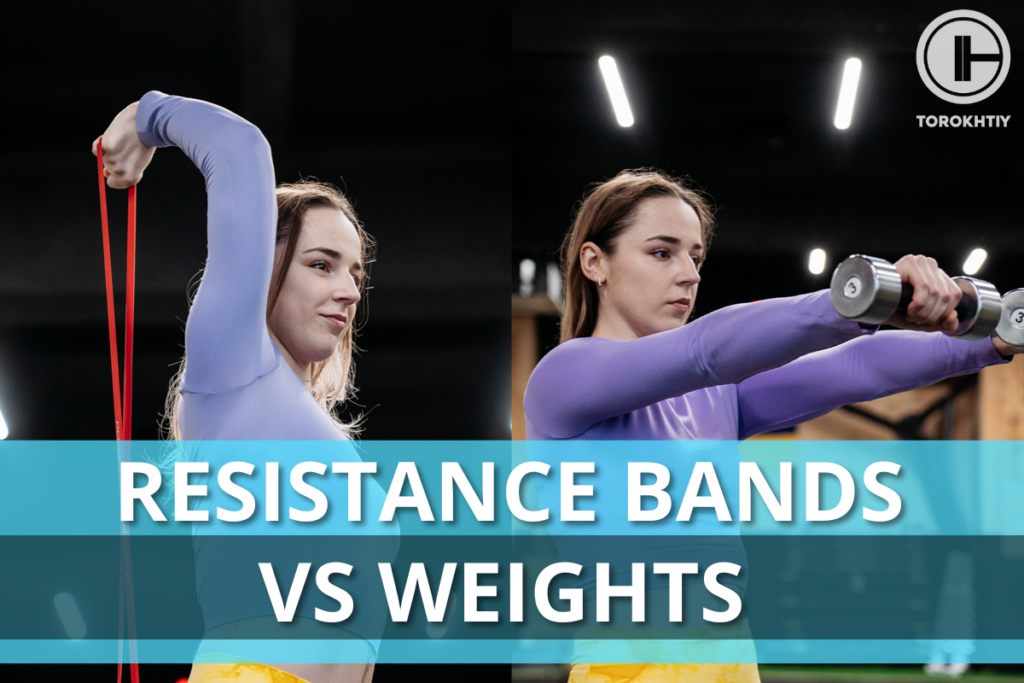
Resistance Bands vs Free Weights: a Deep Dive
Weights vs resistance bands is an interesting debate. On the face of it, weights and resistance bands couldn’t be more different. Resistance bands are small and light, while free weights are huge and heavy. In fact, many people only use resistance bands to warm up before getting deep into their weightlifting movements.
Yet weights and resistance bands are so similar in function that we’re having this conversation.
Each of them have different effects on your body so which one you go for will largely depend on what your fitness goals are. Let’s have weight training vs resistance training head to head in some critical categories to see exactly which one is for you. We’ll focus on strength building, cost, portability, muscles targeted, and precision.
1. Strength Building
Strength building is a huge goal for every fitness buff, and both resistance bands and weights offer plenty of it. Resistance bands are effective for building strength, especially for beginners, but you will eventually get to a plateau.
The highest resistance bands are usually the equivalent of lifting about 200 pounds of weight so if you fall way below that, bands are good enough for you.

The basic idea is that to stimulate strength you need to lift heavy – heavy for you. So when bands are not challenging enough ( let’s say don’t allow you to lift about 70% of your 1RM or more ) time to use them for something else and switch to weights.
Another important thing is that weights have the same weight from start to finish. Bands allow for specific resistance at “full stretch” and everything below will be less than shown on band labels. So it might be difficult to work on a specific part of the movement. They can be very effective for muscle growth.
2. Cost
Free weights provide more resistance over time and are excellent value for money, but resistance bands cost way less. Free weights; whether barbells, dumbbells, or barbells; are valued at about $2 per pound, depending on brand and quality.
That adds up to quite some money, but if your pockets are deep enough, and you have space to store your weights, it’s a good investment to make.
Resistance bands, on the other hand, are much more affordable. You can get a set of bands with 15 to 65 pounds of resistance for about the same price as a pair of 10 pound dumbbells. Because weights are much heavier, they also cost more to ship. So if you’re on a budget and not looking to lift huge weights, resistance bands are amazing value.
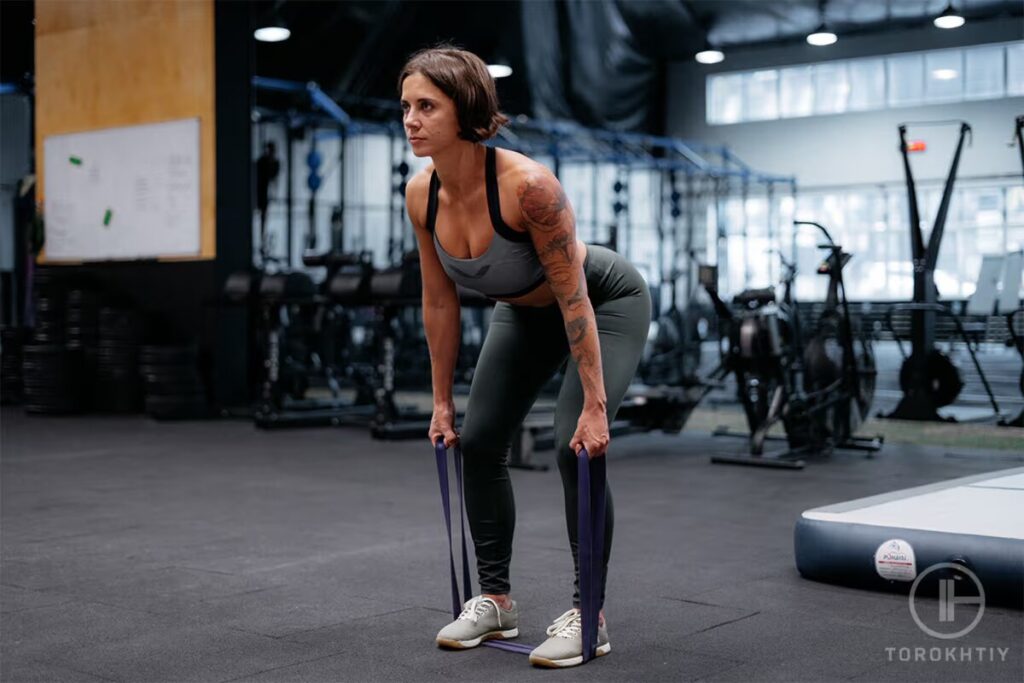
3. Portability
Success in any endeavor is heavily dependent on consistency, and fitness is no different. If you’re a traveling person or just quite busy, you might want to get you some resistance bands. A resistance band with about 30 pounds of resistance will weigh less than 6 ounces and will easily fit into your bag or even your pocket.
Weights are heavy, bulky, and not so easy to carry around. You also need to ensure your floor is padded in case you drop the weights. Resistance bands relieve you of all that.

4. Muscles Targeted
Muscles targeted difference between resistance bands and weights will depend on the exercise selection and application. If you can mimic the same exercise with bands that normally you would do with a barbell, then most likely it will target the same muscles.
It is far more important (depends as always) how you do exercise. In terms of differences in muscles targeted – the difference will be more dependent on which exercise you can’t do. Both are excellent tools for both beginners and advanced athletes.
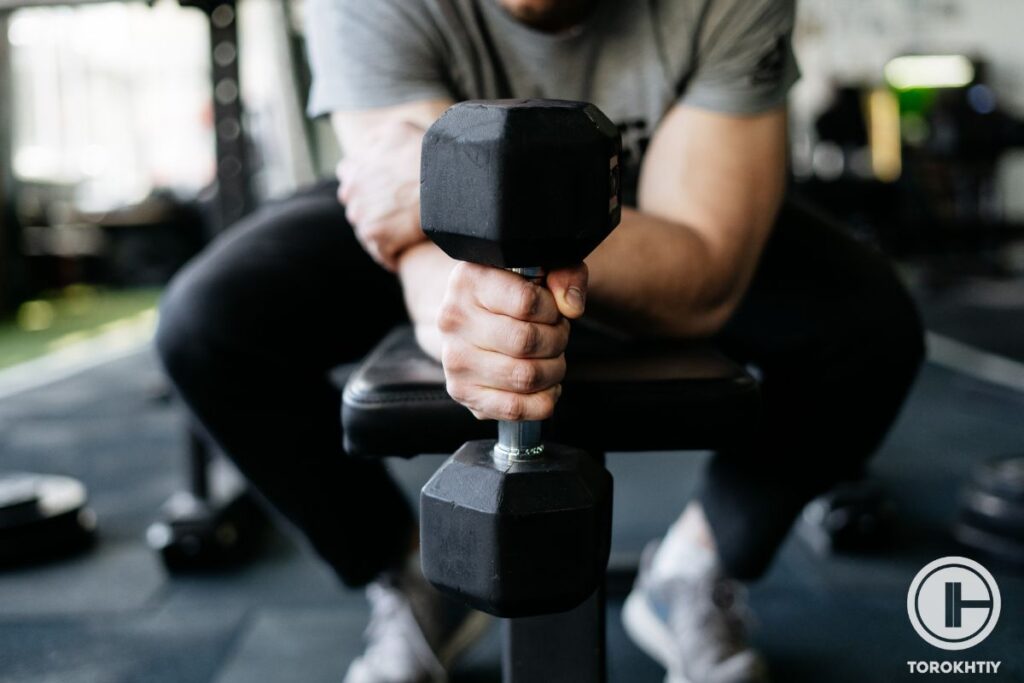
5. Precision
Precision is one of the major advantages weight training has over resistance training. Bands are more variable when it comes to tracking your progress. You never really know for sure how much weights your muscles are lifting.
The resistance in the band greatly depends on how far you’re stretching it, so you would have to stretch it to the limit to get the full weight equivalent. Unfortunately bands with time will offer you less resistance which makes it even harder to track.
With weights, it’s much more precise and easy to track. You know exactly how much weight you’re lifting and you can steadily improve by slowly increasing the weights you lift with a systematic approach known as progressive overload.
This helps you effectively grow better and lift heavier, which in turn translates to improved performances. You can do progressive overload with resistance bands as well, but it’s far from precise and much harder to track

6. Range of Movements
Another advantage free weights have over resistance bands is there are multiple types. So you can break this debate down to resistance bands vs dumbbells, kettlebells, and barbells.
This means that while resistance bands give a wider range of movements when paired with each type of free weight, 3 types of weights with various movements peculiar to each combine to overwhelm bands.
Barbells are the most rigid, but also take the heaviest weights. This allows you to focus on lifting as heavy as you can.
Dumbbells allow you to lift heavy as well but also can be used to train one side at a time which is especially useful if you have a weaker side.
Finally, kettlebells can be used for swinging movements that make them perfect for training power and agility. So even within free weights, you have a decision to make on which one suits you best.
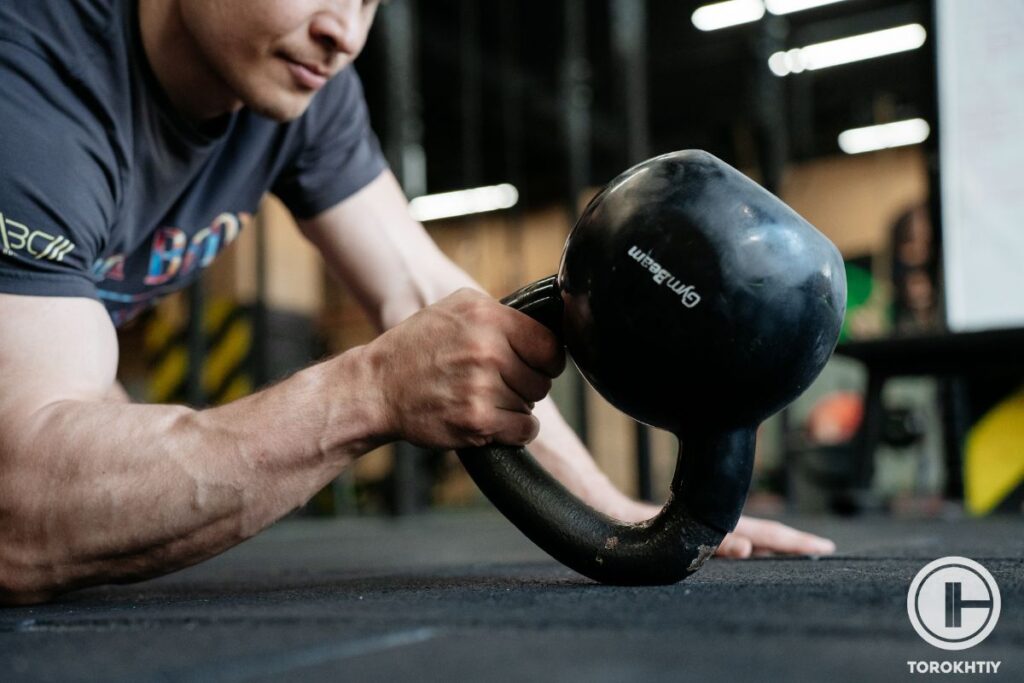
Resistance bands, allow you to do all kinds of exercises as well but you need to be really creative sometimes to be able to target specific muscles or movement patterns. Sometimes when you find the right movement the light band is too light in the first half but with a bigger one you can lift only the first half of the movement.
Resistance Bands vs Free Weights: a Summary
So are resistance bands as effective as weights? Depending on what your fitness goals are, fitness level etc. they might even be better than weights. If you’re looking for low impact and flexible training, don’t bother going for weights. They’ll give you exactly what you want without costing you or forcing you to stay in one place.

If you’re trying to lift more weight and build more strength, you can start with resistance bands but you’ll have to move onto weights eventually. Barbells let you lift as much weight as possible, dumbbells are awesome and kettlebells will make you more agile and explosive.
Pros and Cons
Let’s wrap this bands vs weights summary up with some pros and cons.
Resistance bands:
Positives:
Could be better:

Weights:
Positives:
Could be better:
Resistance Bands vs Free Weights: When to Use Each?
Because resistance bands and free weights target different muscles and affect your body differently, you would also need different exercises to get the best out of each one. Let’s have a look at some…
Some of the Best Exercises with Free Weights and Resistance Bands
5 Best Workouts with Free Weights
1. Back Squat with Barbell
The back squat is a basic exercise for building lower body strength and muscles. Stand with your feet shoulder-width apart and place the bar on your upper back. Squat down until your thighs are at least parallel to the ground, then push back up to the starting position. Keep your back straight and core engaged during the exercise.
2. Deadlift with Barbell
The deadlift is a great way to build overall strength (not so awesome for muscle growth). Stand with your feet hip-width apart and the bar over your midfoot. Bend at your hips and knees to grab the bar with an overhand grip. Lift the bar by extending your hips and knees to a standing position, then lower it back down in a controlled way.
3. Dumbbell Bench Press
Lie flat on a bench with a dumbbell in each hand, palms facing forward. Press the dumbbells up until your arms are fully extended, then slowly lower them back to where you started from. This exercise targets your chest, shoulders, and triceps.
4. Single Arm Row with Dumbbell
Place one knee and hand on a bench for support, with the other foot firmly on the ground. Hold a dumbbell in your free hand, and let it hang straight down. Pull the dumbbell up to your hip, keeping the elbow close to your body, then lower it back down. This exercise targets your back and biceps.
5. Kettlebell Swing
Stand with your feet shoulder-width apart and hold a kettlebell with both hands. Hinge at the hips and swing the kettlebell back between your legs, then explosively thrust your hips forward to swing it up to shoulder height.
Some of the Best exercises with Resistance Bands
1. Spanish Squat
Anchor a resistance band around a sturdy object at knee height, then step inside the band and place it behind your knees. Lean back a little and squat down until your thighs are parallel to the ground. This is an excellent workout for your quads.
2. Band Rows (Sitting or Standing)
Anchor a resistance band at a low point. For standing rows, stand with feet hip-width apart and grab the band handles. Pull the band towards your waist, squeezing your shoulder blades together. For sitting rows, sit on the floor with your legs extended, and do the same rowing motion. Use one or both arms.
3. Bicep Curls
Stand in the middle of a resistance band with your feet shoulder-width apart and hold the handles with palms facing up. Curl your hands towards your shoulders or chin, while keeping the elbows close to the body. This one targets your biceps really well. Control tension and don’t swing.
4. Military Press
Stand on the resistance band with feet shoulder-width apart, holding the handles at shoulder height with palms facing forward. Press the handles up until your arms are completely extended, then lower them back down. This is a great exercise for your shoulders and triceps.
5. Good Morning
Stand on the resistance band with feet shoulder-width apart and place the band around your neck and back, holding the handles at your shoulders. Bend at the hips with your back straight, and keep bending until your torso is almost parallel to the ground, then return back up.
6. Assistance for Pull-Ups
Loop a resistance band over a pull-up bar and place your knees or feet in the band to assist with pull-ups. This helps reduce the amount of body weight you need to lift, which makes pull-ups more accessible and allows you to build strength gradually.
How to Use Resistance Bands with Free Weights?
So we’ve seen the difference between resistance bands and weights. We’ve also learned different workouts you can use each one to perform. Resistance bands and weights are not always on opposite sides of a debate, however. Sometimes they can be used together!
It’s often part of lifting programs and methods with accommodating resistance and can be a very valuable tool in an athlete training plan. They are great for improving strength, power, speed, strength-speed and speed-strength, overspeed eccentrics etc.
One of the examples is Back Squat with weights and bands. You can for example go with 50% of your back squat with weights and add an extra 25% of band resistance attached to band pegs on your power rack. The idea will be to lift as fast as possible for 1-3 reps and a couple of sets.
Another option for a lifter is because bands add most resistance with full stretch you can load the bar f.e. for deadlift, near 1RM but, but higher the bar goes the stronger the lift is, so without bands the 2nd half of the movement will be usually much easier for an athlete and not challenging enough to keep stimulating muscles. Extra band resistance added to the top of the lift can be a game changer.
How to Pick Resistance Bands?
If you’re interested in getting yourself some resistance bands, it’s easy to get ripped off into buying low quality ones. Here are some things you should look out for to make sure you’re getting good value for money.
1. Color
With resistance bands, colors are not always there just for variety. Each color signifies a different level of resistance. For example, with Rogue Fitness Bands, Orange means extra light, and red says light. Green is medium, Black says heavy, and Purple and White stands for extra heavy.
So pick depending on what you need it for. Orange and Red are good enough for warm up and rehabilitation work, and the heavier ones are better for strength building.
2. Quantity
It’s always better to buy a set of resistance bands as opposed to buying a single one. It allows you to have all the levels of resistance so you can grow and progress.
3. Type
There are two types of resistance bands: flat and tube. Flat bands have less resistance and are best for rehabilitation work. Personally I use flat ones, because you can attach them to any part of your body without worrying that you’ll restrict blood flow. In my experience they allow for more variety, but this is a personal opinion.
Rogue Echo resistance bands
As far as resistance bands go, you won’t find many better than the Rogue Echo resistance bands. 41 inches of durable latex rubber, they’re built to serve your exact needs. They come in 8 color codes ranging between mild, average, and intense. They can be used for any number of workouts from powerlifting to fitness. If you’re in the market for resistance bands, these are perfect.
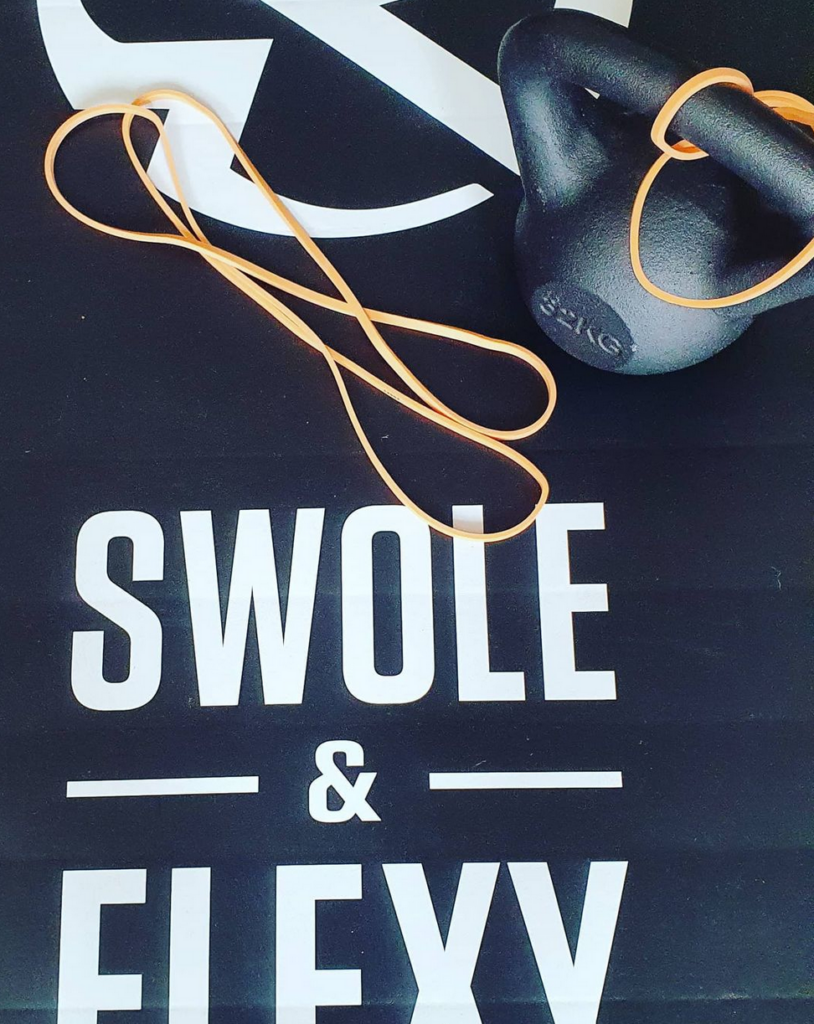
FAQ
Can I replace weights with resistance bands?
Yes, but only to a certain level. As you progress, you will eventually get to a point where you need to graduate to weights for more intense training.
Do resistance bands build muscle faster than weights?
No they don’t, it is how you do exercise not with what equipment. Both can be good for muscle growth if used correctly. But with time you might need to switch bands for weights or use both.
Can you workout with resistance bands everyday?
Of course, just make sure you don’t train really hard every day and recover properly. One important, but often neglected part of fitness is recovery time. In eagerness to reach your goals, make sure to give your body the time it needs to recover. It’s okay to do resistance training as much as 6 times a week depending on your level of experience and fitness.
Conclusion
Are resistance bands better than weights? They’re easier to control and carry around, and they cost much less. That said, at some point you’ll want to move up to weights to continue your development. You can also use both weights and resistance bands together for even better results.
Now it’s your turn. What are your fitness goals? Do you prefer weight or resistance training? Is there anything else you’d like to share? Leave a comment!
Also Read:
- Squats With Resistance Bands
- Resistance Band Tricep Workout
- Resistance Band Chest Exercises
- Resistance Band Lat Pull Down
- Bicep Exercises With Resistance Bands
- Row With Resistance Bands
- Kettlebell Buying Guide
- Resistance Bands Guide
References:
- Progressive overload explained: How to follow this simple training principle // Fitandwell:
https://www.fitandwell.com/features/progressive-overload-explained-how-to-follow-this-simple-training-principle - Photos by Torokhtiy Media Team
Why Trust Us?
With over 20 years in Olympic weightlifting, strength training, nutrition coaching, and general fitness our team does its best to provide the audience with ultimate support and meet the needs and requirements of advanced athletes and professional lifters, as well as people who strive to open new opportunities and develop their physical capabilities with us.
By trusting the recommendations of our certified experts in coaching, nutrition, and sports training programming, as well as scientific consultants, and physiotherapists, we provide you with thorough, well-considered, and scientifically proven content. All the information given in the articles concerning workout programming, separate exercises, and athletic performance, in general, is based on verified data.
The product testing process is described in more detail here.
Author: Tanya Shaiko
News Editor, Olympic Lifting Enthusiast
Best Results: Snatch – 61 kg,
C&J – 78 kg
I’m Tanya, and I just can’t do without fitness. About six years ago, I got into Olympic weightlifting and instantly fell in love with it. Weightlifting is like no other sport – it’s just you versus the bar. Driven by my unwavering passion for an active lifestyle, I’ve been eager to share my personal journey and sports enthusiasm with others. As a journalist and photographer, my interests come full circle, adding an extra dimension to the news column that I curate. This way, I keep my readers updated with the latest happenings in the sports world.
Reviewed by: Jacek Szymanowski
Certified Nutritionist,
M.Sc.Eng. Biotechnology
Performance architect,
Strength and Conditioning Specialist
With over 30 years of fighting experience, specialization in nutrition coaching for athletes, and expertise in metabolic health and dietary strategies, Jacek offers a comprehensive approach to optimizing your performance and well-being. Backed by a Master of Science degree in Biotechnology, Jacek remains at the forefront of scientific advancements, ensuring that his coaching is always evidence-based and up-to-date.




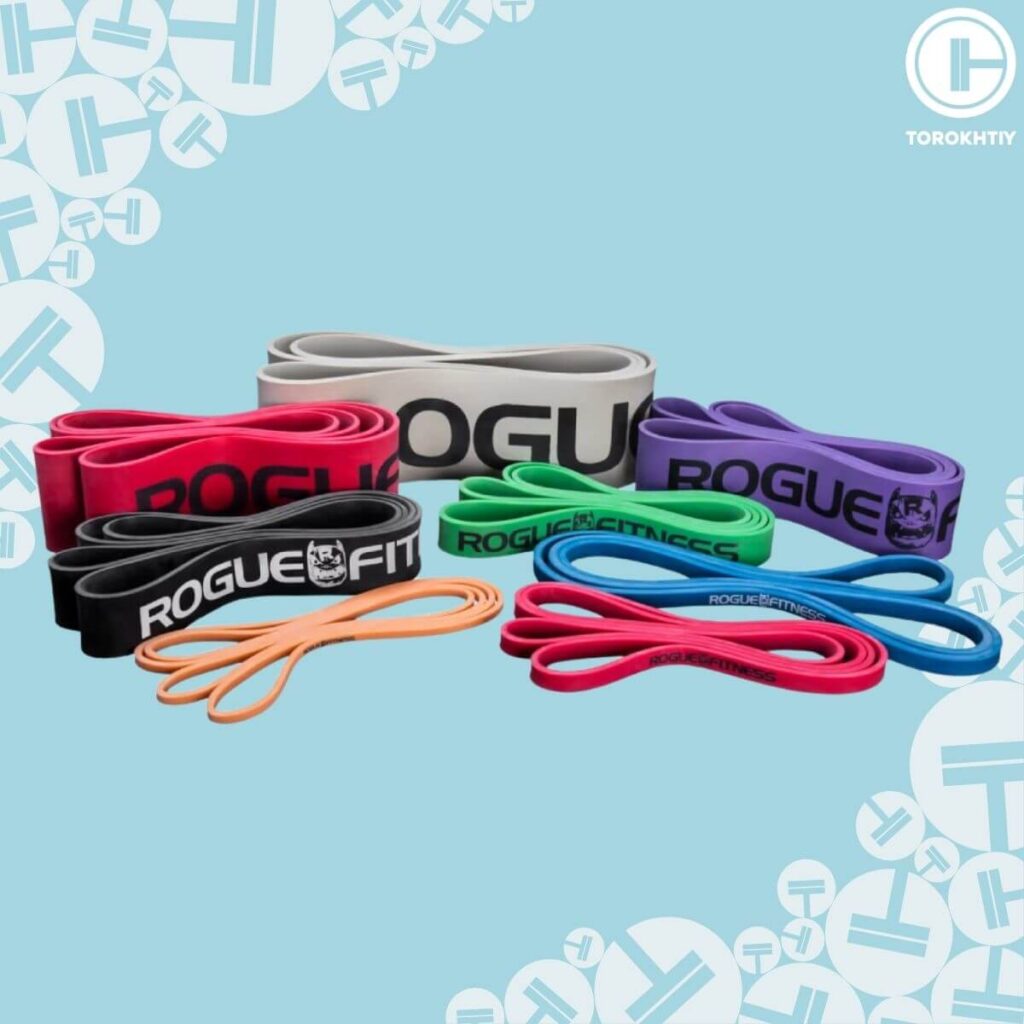
Still have questions after reading our article? Unlock your full potential by engaging with our experts and community! Don’t hesitate — leave a comment below and Tanya Shaiko will provide a personalized answer and insights to help you reach your goals.